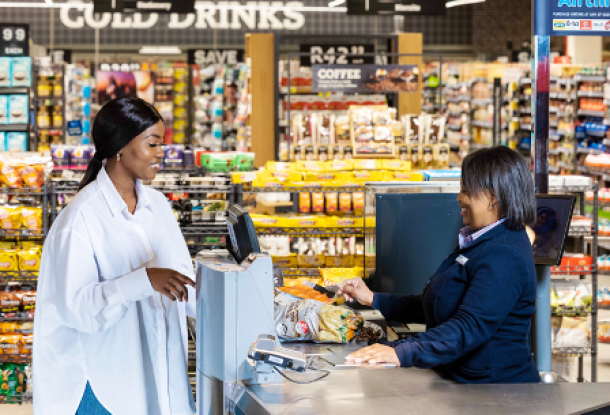This is what banking of the future will look like
The rapid pace of digital adoption has meant that businesses, especially banks, have had to invest heavily in technology to keep up with consumer demands.
“Increasingly, we have been moving into the smartphone era,” explained Peter Schlebusch, CEO for Personal and Business Banking at Standard Bank at a media briefing in Johannesburg.
Standard Bank has seen its mobile traffic growing 100% a year as customers embrace more convenient and efficient solutions for their banking needs.
During 2015, 825 million financial transactions worth R430 billion were processed through the banking app.
As a consequence of this, branch transactional volumes have declined and ATM and branch transactions now make up less than 5% of total banking transactions.
Ninety five per cent of Standard Bank’s transactions are already electronic, making it a genuinely digital bank.
“The vast bulk of Standard Bank’s Personal & Business Banking strategy to 2020 is about how we can use digital capabilities to deliver an even better customer experience,” Schlebusch said.
“This entails putting customers in control, providing more convenience, and extracting key customer insights from our rich data so that the bank becomes more proactive,relevant and easy to use.”
The difference and app makes
Online and app banking has truly transformed the way customers engage with their bank, enabling them to bank on their terms whenever they want.
Standard Bank has invested heavily in IT infrastructure to ensure that the bank has a single view of the customer, and the customer has a single instant view of their complete banking services regardless of geography, product or customer segment.
The app includes the ability to open accounts online, move money across borders quickly and easily, trade shares internationally on 29 stock exchanges and even lodge homeowner insurance claims off a single mobile device.
The move to mobile has been enthusiastically received by customers:
- Most customers now bank outside of traditional banking hours. A high peak hour is between 8:00am and 09:00am.
- The total number of unique Standard Bank universal banking IDs created to date is more than 600 000.
- Over R5.7 billion in value has been traded on Standard Bank’s Online Share Trading App to date 2.
- Over 22 000 merchants and more than 200 000 customers have signed up for SnapScan.
- InstantMoney has processed more than R7.5 billion in money transfers and remittances.
The bank is upgrading its entire core banking systems in an effort to meet the continually changing behaviour of customers.
Standard Bank’s unique solutions for digital customers
As innovative solutions for an increasingly mobile, tech savvy and cost conscious client base continue to be harnessed, the bank’s vision is clear: To become a digital leader in Africa.
“Our aim is to be always on and always connected, while providing biometric authentication and extensive use of data analytics to personalise the customer experience to a far larger degree,” said Schlebusch.
To succeed in this, Standard Bank has placed the customer at the heart of the bank’s digital strategy, with a remarkable list of first to market innovations to date. These include:
- The single digital ID across multiple countries.
- Biometric identification for mobile banking.
- An app enabling clients to trade across 29 different stock exchanges off their mobile device.
- 24/7 Banking instant messaging service for Private & Prestige customers via WeChat –with further developments imminent.
- A card console to remotely turn cards on and off, and control the countries and the time when the card may be used.
- Snapscan, which enables mobile phone payments using QR codes or iBeacons regardless of where customers bank.
An additional first in the pipeline is the first-of-its kind Kidz Banking App, which is a game-like, vividly animated banking app designed primarily for children aged 6-11 years.
The future of banking
The customer experience in the future will be worlds apart from what it was just a few years ago.
Where customers pressed ten buttons before to conduct a simple banking transaction, the intelligence of the future will better understand and anticipate their behaviour in advance and only one click will be needed to set in motion multiple responses and outcomes.
These future digital capabilities will not only be more convenient and engaging for customers, but can also be expected to reduce costs.
“The cost of banking has halved in real terms in the last decade and a lot of it is because of the powerful and comprehensive digital platforms we have provided. This trend will continue as more consumers utilise digital channels in the future,” explained Schlebusch.
By the end of the year, Standard Bank will have also released Real Time Payments, Auto-Share Invest, Virtual Cards, and a Merchant Customer Portal.
“Digital could represent our biggest threat, but at Standard Bank we view it as our biggest opportunity, and we are excited about the growth opportunity of banking in South Africa,” Schlebusch concluded.
This article was published in partnership with Standard Bank.
News Category
- International retailers
- On the move
- Awards and achievements
- Legislation
- Wine and liquor
- Africa
- Going green
- Supplier news
- Research tools
- Retailer trading results
- Supply chain
- Innovation and technology
- Economic factors
- Crime and security
- Store Openings
- Marketing and Promotions
- Social Responsibility
- Brand Press Office
Related Articles
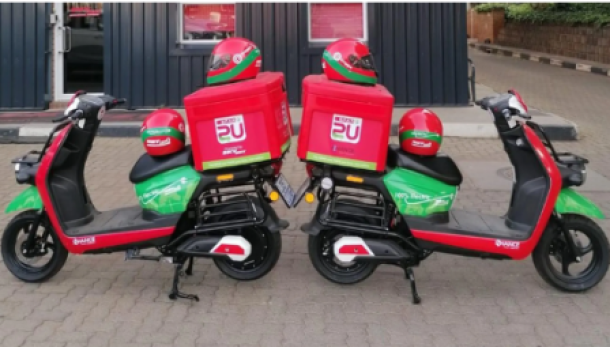
Two local businesses see a gap as food and groc...
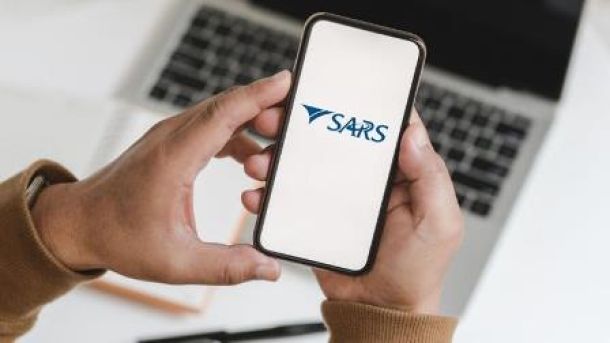
SARS launches WhatsApp channel to help check ta...
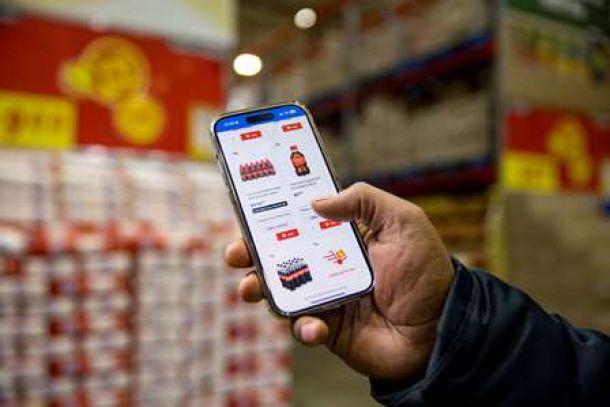
Shoprite launches online shopping and bulk deli...
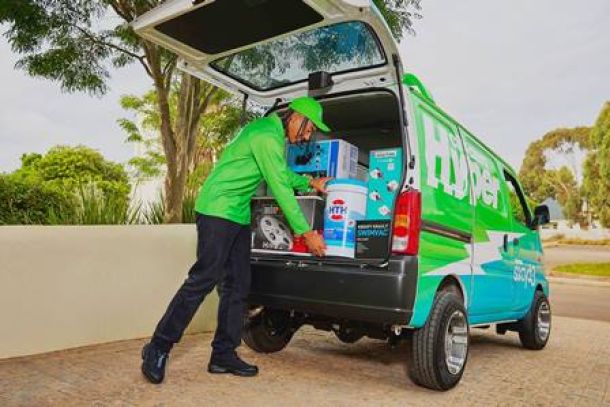
Sixty60 promises lightning-fast delivery of 10 ...
